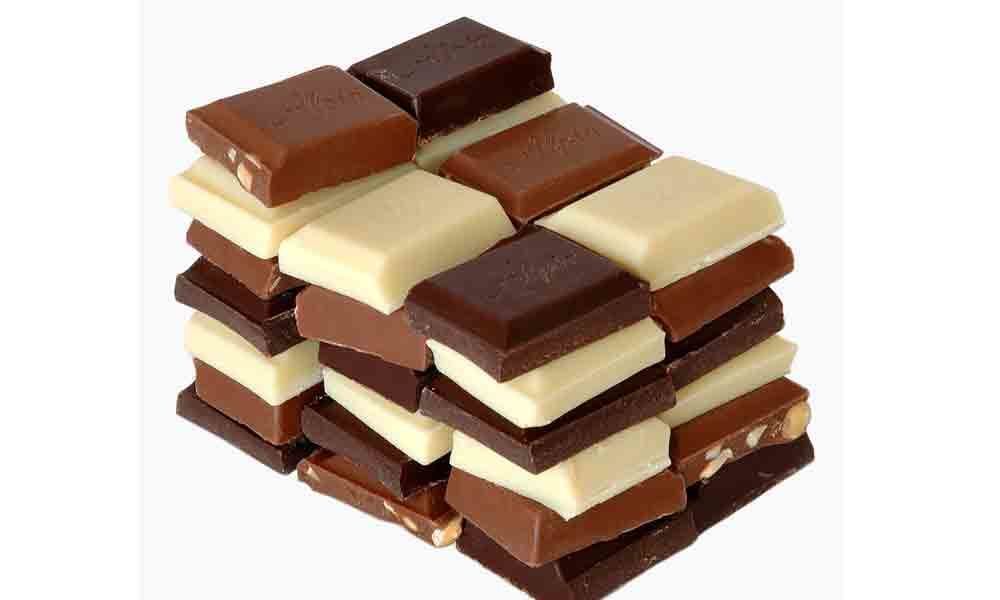Science behind making good chocolate decoded

Scientists have decoded the physics behind a key chocolate-making process that gives the confectionary its distinctive smooth texture.
Scientists have decoded the physics behind a key chocolate-making process that gives the confectionary its distinctive smooth texture.
The team from University of Edinburgh in the UK studied mixtures resembling liquid chocolate created using the conching process, which was developed by Swiss confectioner Rodolphe Lindt in 1879. Conching is a mixing process that evenly distributes cocoa butter within chocolate and may act as a "polisher" of the particles.
It promotes flavour development through frictional heat, release of volatiles and acids, and oxidation. The findings, published in Proceedings of the National Academy of Sciences, may hold the key to producing chocolate with lower fat content, and could help make chocolate manufacturing more energy efficient.
The analysis, which involved measuring the density of mixtures and how they flow at various stages of the process, suggests conching may alter the physical properties of the microscopic sugar crystals and other granular ingredients of chocolate. "We hope our work can help reduce the amount of energy used in the conching process and lead to greener manufacturing of the world's most popular confectionary product," said Wilson Poon, a professor at the University of Edinburgh, who led the study.
"By studying chocolate making, we have been able to gain new insights into the fundamental physics of how complex mixtures flow. This is a great example of how physics can build bridges between disciplines and sectors," Poon said in a statement. Until now, the science behind the process was poorly understood, researchers said.
The research shows that conching -- which involves mixing ingredients for several hours -- produces smooth molten chocolate by breaking down lumps of ingredients into finer grains and reducing friction between particles. Before the invention of conching, chocolate had a gritty texture.
This is because the ingredients form rough, irregular clumps that do not flow smoothly when mixed with cocoa butter using other methods, the team said. Their insights could also help improve processes used in other sectors -- such as ceramics manufacturing and cement production -- that rely on the mixing of powders and liquids.















